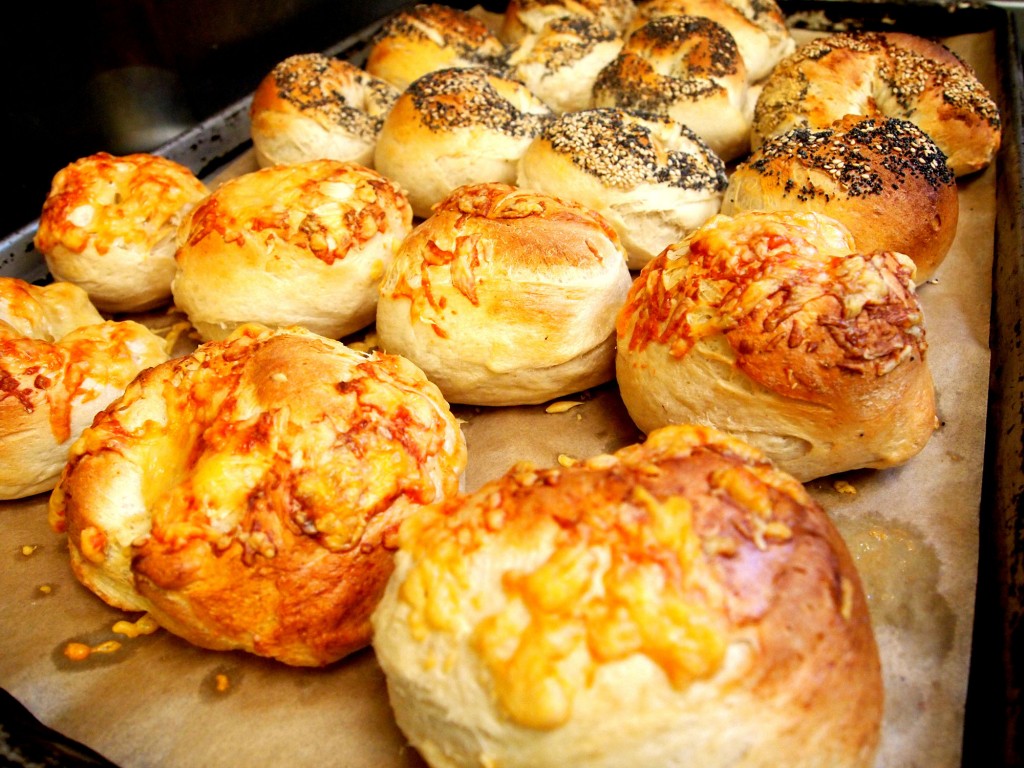Some people take a trip to the mall for a shopping day. I, on the other hand, feed my inner shop-aholic with a trip to the grocery store. If you let me loose in Wegman’s for the day, I might never come out. And all too often, a quick trip to the store results in bags and bags of unnecessary crap that I just couldn’t leave without. You know the feeling. But don’t worry, it’s not completely your fault. Grocery stores are designed in very specific ways that trick you into buying more expensive and unhealthy foods. Here are some of the ways grocery stores trick you into becoming a victim of their mind games.
Flowers and baked goods welcome you at the entrance.

Photo by Laura Lim.
When you first walk into the store you are enveloped in the sweet smell of flowers, which, coincidently are right next to the bakery. The many comforting scents that waft through the air create an atmosphere of freshness and the bright colorful flowers that are pleasing to the eyes, improve your mood and increase your chances of spending more money. This strategy also activates your salivary glands, which can increase hunger and elevate the likeliness of buying items on an impulse.
Dairy and essential products are always in the back.
Grocery stores purposely place staple items such as eggs and milk in the back of the grocery store. This layout forces you to walk through the rest of the store and tests your willpower as you pass aisles filled with all of those delicious and tempting goods you really don’t need, but will end up buying anyway.
Stores move from right to left.
The layout of the store is likely to have you moving from right to left. Since you are used to this flow of movement, because of driving and other activities, the items that you are most likely to end up buying are placed on the right side of the aisle.
The expensive and brand name items are shelved at eye level.
Certain products are placed strategically so that they are the first things you see as you walk down the aisle. The more expensive name brands are placed at eye level so you are more likely to grab them and overlook the bulk generic brands on the bottom, just out of sight. Sugary cereals and other products geared towards kids are also strategically placed on lower shelves so that your kid brother or sister can sneak them into your cart while you’re not looking.
Slow music makes you walk slower
You may or may not be paying attention to the music in the background when you shop for food, but typically the selection is slow-paced. This is because, when you listen to slow music you are more inclined to walk slowly and spend more time browsing the aisles, thereby inevitably spending more money.
More food shopping tips:
Money-Saving Tips at the Grocery Store



